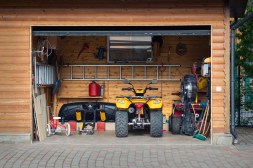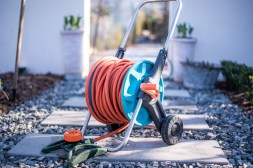The Ultimate Checklist for Safe Use of Your Outdoor Tools
Using outdoor tools is essential for maintaining your garden, landscaping, and home improvement projects. However, safety should always be a priority when handling these powerful tools. In this article, we provide a comprehensive checklist to help you avoid common safety mistakes while using outdoor tools, ensuring that your gardening and DIY tasks are both efficient and safe.
Understand the Tools You’re Using
Before operating any outdoor tool, it’s crucial to read the user manual thoroughly. Each tool has specific instructions regarding its use and maintenance. Familiarizing yourself with these guidelines can prevent accidents caused by misuse or misunderstanding of the tool’s capabilities. Make sure to know how each tool works—especially power tools—before you start working with them.

Wear Appropriate Safety Gear
Safety gear is your first line of defense against injuries while using outdoor tools. Always wear suitable clothing such as long pants and closed-toe shoes to protect your skin from cuts or debris. Protective eyewear is essential to shield your eyes from flying objects or harmful dust particles, while gloves can provide grip and protect against blisters or splinters.
Inspect Tools Before Use
Conducting a pre-use inspection of your outdoor tools can significantly reduce the risk of accidents. Check for any signs of damage such as frayed cords on electric tools or dull blades on cutting equipment. If you notice anything unusual, it’s best to either repair or replace the tool before proceeding with your task.
Maintain a Clean Work Area
A tidy work area helps prevent tripping hazards and allows you to operate your tools safely without distractions. Clear away sticks, rocks, and debris from where you’ll be working since they can cause slips or falls when moving around with heavy equipment. Keeping hoses neatly coiled also prevents tangles that could lead to accidents.
Follow Proper Operating Procedures
Finally, always adhere strictly to the operating procedures outlined in the user manual for each tool you use. This includes knowing how to properly start and stop equipment safely as well as being aware of any safety features designed into the machine itself (like guards). Also remember not to use power tools in wet conditions unless they are specifically designed for such environments.
By following this ultimate checklist for safe use of outdoor tools, you’ll significantly minimize risks associated with gardening and DIY tasks while enhancing productivity in your projects. Remember: safety first leads to successful results.
This text was generated using a large language model, and select text has been reviewed and moderated for purposes such as readability.


